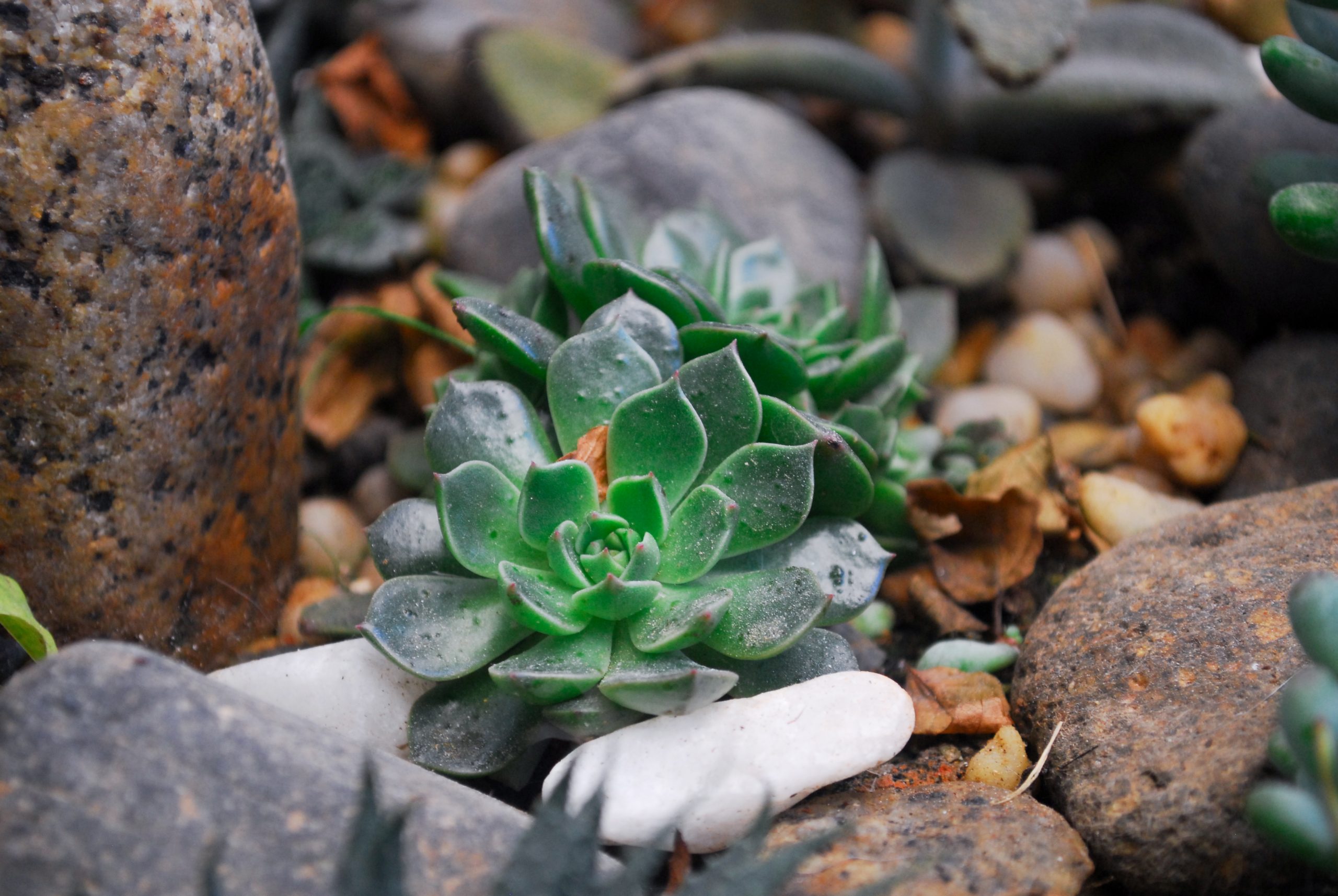The garden must be as aesthetic as practical as a space for relaxation and leisure. Dare to dream of an outdoor space that resembles you and is designed according to the moment’s trends. Do you want a pleasant area to live in? Many options are available to you. You can consider the installation of a swimming pool, a water point… Whatever your project, respect the surrounding landscape and choose adapted vegetation. If you like the marriage of mineral and vegetal, the Japanese garden is the best solution for you. Discover below all the conditions that contribute to the success of your garden design project.
A Zen Garden With a Spiritual Touch
Like an extension of living rooms, outdoor spaces invite you to relax. According to the rules of Japanese art, the design of a Zen garden reproduces the natural landscapes typical of Japan. It is an environment where purity and sobriety reign. It is, above all, a place of tranquility conducive to relaxation and meditation. The Japanese garden is designed in a simple way. The goal is to create a space typical of green spaces in Japan.
Drawing Up a Detailed Plan
First of all, it is important to delimit the space you have. Avoid straight lines and favor asymmetry. This helps to create balance and serenity. Don’t plan walkways with borders; choose rocks that form an asymmetrical triangle. Be aware that plants, rocks, and fences structure the Japanese garden. Think about hiding the contours of the garden with evergreen plants. You can arrange bamboo hedges of different varieties and hide your fence with bamboo panels.
Plants to choose
Choose vegetation that is adapted to the local climate. Highlight green tones in favor of other colors. On the ground, you will not find grass, but rather moss. Choose trees adapted to the Japanese garden such as Japanese cherry, Japanese maple or pine. Other options include beech, almond, Japanese sophora, Japanese cedar, willow or Ginkgo biloba. There are several species for those who prefer shrubs, including rhododendron, magnolia stellata, Japanese andromeda, azalea, and other heathland shrubs, and osmanthus winged charcoal, Japanese charcoal, Pittosporum tobira and Nandina domestica.
Decoration and Various Accessories
For a beautiful effect, choose a single decorative element. For example, install only a lantern and nothing more. Varnish, shiny or flashy finishes should be avoided. Use a matte or raw decorative accessory. Make sure that the shapes of your plants, rocks, and decorative elements combine elegance and harmony. Avoid multiple decorative styles. It is better to have a focal point with one element to highlight. For example, pagodas or a Buddha statue can be found in the center of your Japanese garden, with a nod to Asia. Don’t forget the lantern, an essential accessory for a traditional Zen garden. Also, consider incorporating a water feature into your garden. In addition to a pond, consider a small waterfall to complete the ensemble. Bridges or ford stones are also possible. And to complete the picture, install a gazebo. This is a place where tea ceremonies, a traditional Japanese ritual, were held.
Finishing touches
Finding the right plants is not enough. They need to be pruned to achieve clean, uncluttered shapes. You can sculpt trees, especially conifers, into clouds. Shrubs, on the other hand, can take on rounded shapes. Don’t forget to create a beautiful walkway and paths through your Zen garden. It is pleasant to walk along the paths lined with Japanese steps. To dress up the gravelly ground, you can opt for flagstones or flat stones. Create viewpoints to allow visitors to discover several garden scenes along the way.
Regular Maintenance
It is recommended to regularly maintain your Japanese garden to enjoy your little corner of rest for a long time. As a true haven of peace, a Zen garden must give a minimalist and relaxing image. It is therefore not necessary to overload it. Moreover, this will allow you to limit maintenance work. However, the Zen garden still requires the cleaning of dead leaves.



